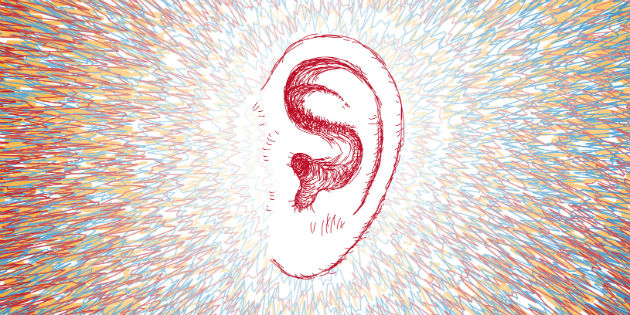New research support for better hearing aids
Sensor technology
Researchers at Binghamton University, State University of New York, USA plan to improve sensor technology that is critical to billions of devices made every year, and that could improve the way hearing aids work.

The team of researchers has received a three-year grant from the US National Science Foundation and intends to begin by making a high-performance sensor for use in hearing aids.
“This grant allows us to explore a new sensing mechanism that can revolutionize capacitive sensing by addressing the severe limitation of limited range of motion. This could lead to devices with better sensitivity and functionality,” says principal investigator Sherry Towfighian, an Assistant Professor of mechanical engineering at the Thomas J. Watson School of Engineering and Applied Sciences, at Binghamton.
The team will work on miniature sensors and devices called micro-electro-mechanical systems, or MEMS. These devices have two electrodes and use differences in electrical storage capacity to detect physical quantities. According to the release from the university’s pressroom, the new technology can measure position, humidity, fluid levels, acceleration, and noise in devices such as accelerometers, gyroscopes, touchscreens, proximity sensors and microphones, representing a broad range of applications.
“This research will lead to new ways to sense sound that will overcome many performance limitations,” says Ron Miles, co-principal investigator on the project. “While this project uses microphones as an application area for capacitive sensing research, the intent is to overcome design constraints that plague all capacitive sensing devices.”
Source: Newswise; Binghamton University
 Sign in
Sign in

